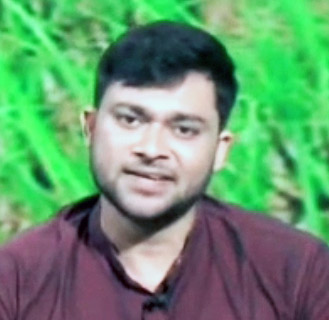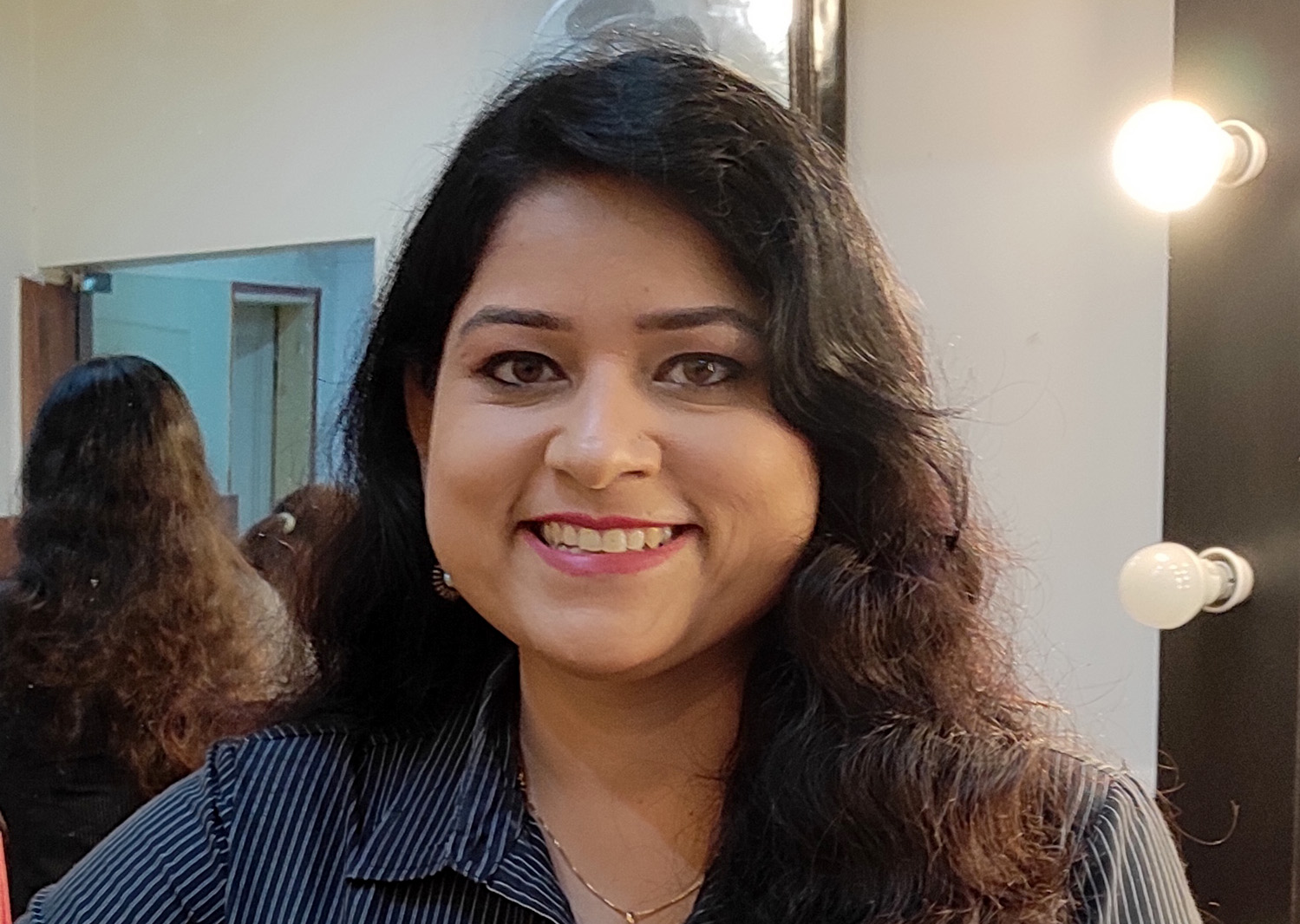Purpose: Provides consistent, adjustable lighting.
Control: Adjustable brightness and color temperature
Infrastructure
FIeMITS Media & IT InstituteInfrastructure
Our college has a state-of-the-art studio with the latest equipment. Here's the list:
-
LED Digital Lights:
-
Porta Light LED with Stand and Umbrella
Purpose: Softens light to reduce harsh shadows.
Components: LED light, adjustable stand, light-diffusing umbrella. -
Porta Light Halogen with Umbrella:
Purpose: Provides warm, diffused light.
Components: Halogen light, umbrella for light diffusion. -
Flash Light for Video:
Purpose: Adds intense, brief bursts of light for video.
Features: Adjustable flash intensity. -
Flash Light for Still Photography:
Purpose: Provides bright, instantaneous light for still images.
Features: Adjustable power settings -
Pocket Projector:
Purpose: Portable device for projecting images or videos.
Features: Compact size, possibly includes wireless connectivity -
Chroma Studio:
Purpose: Facilitates background replacement (green screen).
Components: Green or blue backdrop, adjustable frame. -
Lapel Mic:
Purpose: Captures audio discreetly.
Features: Small, clip-on design. -
Boom Mic:
Purpose: Captures distant audio while remaining out of view.
Features: Directional microphone on a boom pole. -
Tripod:
Purpose: Stabilizes and supports cameras or equipment.
Features: Three legs, adjustable height, often includes a pan-and-tilt head. -
Voice Recorder:
Purpose: Records high-quality audio.
Features: Portable, built-in storage, playback capabilities.
Students' Testimonial

Om Prakash Tiwari
Sep 14 - 2024
Puja Vimal
Sep 13 - 2024
Priyanshu Shahi
Oct 18 - 2023
Gaurav Mishra
Sep 12 - 2023











